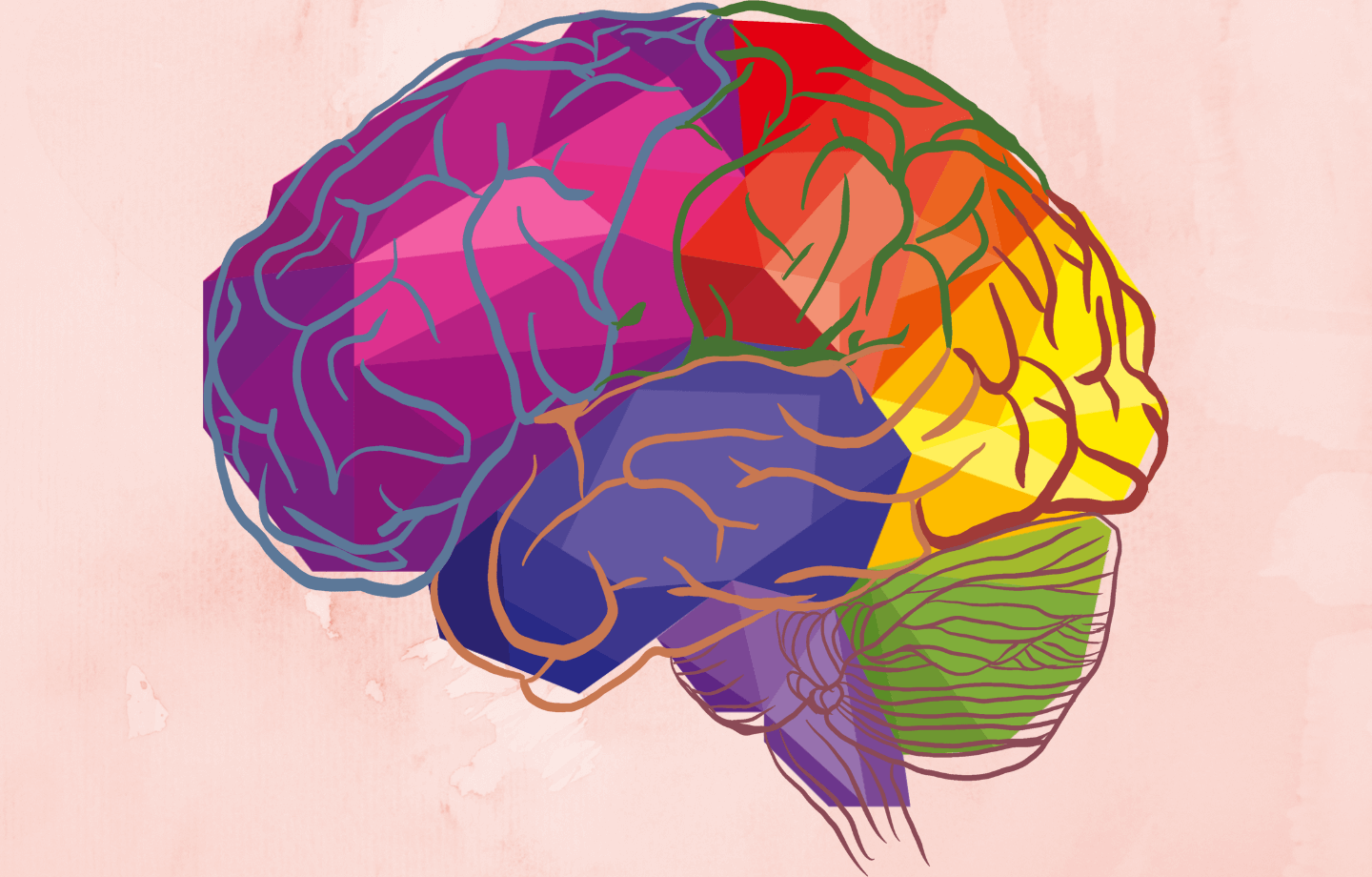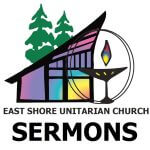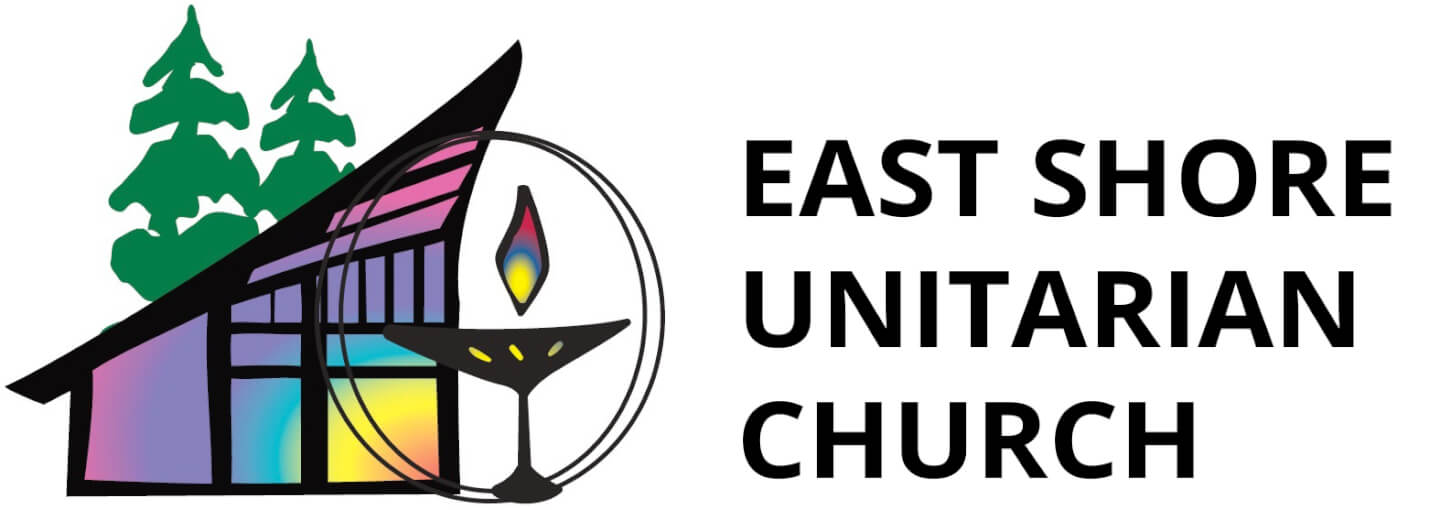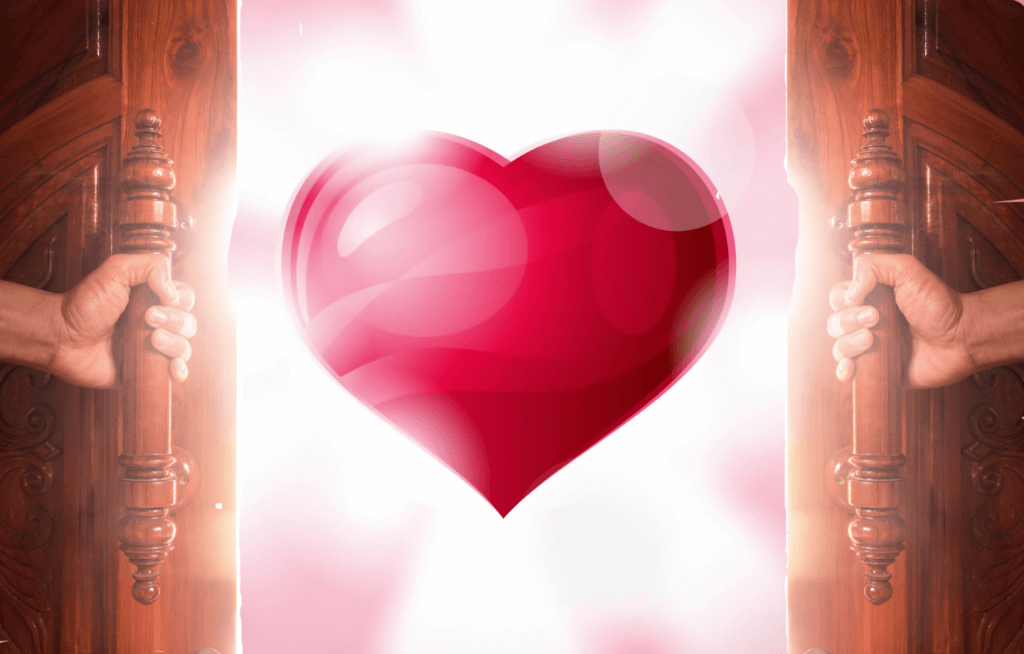
- This event has passed.
The Art of Language to Liberate & Empower
Sunday, April 16 @ 10:30 am - 11:30 am


Language holds both power and possibility for liberation, healing and wholeness. Yet such liberation depends on who wields the power and how this power is used. Come join us as we seek to redefine and expand our understanding of language in leading to greater equity and inclusion within the disability justice movement.
Rev. Jennifer DeBusk Alviar is an ordained Unitarian Universalist minister whose unique call is to expand the welcome table of hospitality, inclusion and liberation. To this end, she cultivates positive relationships with community organizations and diverse faith traditions actively engaged in the healing work of bridge-building and social change. Rev. Alviar received her Master of Divinity degree at Starr King School for Ministry in Berkeley, California. She currently lives with her family on the traditional land of the Duwamish people known as Seattle, Washington.
How to Attend
We require masks in all buildings. We encourage all in person participants to be vaccinated. Read more about our In Person Guidelines here.
• To virtually attend, please Zoom in using room number 989 3107 9078, passcode: chalice.
• To phone into the service, call 669-900-6833, Meeting ID: 989 3107 9078.
For those joining, please mute as soon as you enter the room, so everyone can hear. Please note, the services will be recorded, but at this time, there are no plans to share the recording.
More Information
Religious Education for children and youth happens during worship on Sundays. Children and youth arrive in the Sanctuary for the just a little bit and welcome in Sunday with a story and song. Then, they attend their own programs in the Education building. Learn more here!
If you don’t have a chalice, but want to light one, check out our Making a Chalice at Home page.
Both virtual and in person services are followed by coffee hour.
Children’s Story
Sermon Audio
The Art of Language to Liberate & Empower
Service Video from Visiting UU Congregation
Sermon Text
LETTER BAG PROJECT
Words matter. Language matters. These building blocks are foundational in shaping our society and how we treat one another. And it begins early. Let me illustrate with a story.
It is a crisp, fall September day. Back to school season. As I pick up my four-year-old daughter, Madeline, from her first day of preschool, I notice that she is holding a brightly patterned cloth bag in her hand. So I ask, “What do you have there, Madeline?”
She wiggles and squirms with excitement as preschoolers do. “Mommy, this is my letter bag project. Teacher Cindy says that each day we will learn a new letter of the alphabet. You and I will search for four household objects that match the letter for that day. If we find a fifth object, then we’ll earn a bonus prize!”
Alright. Game on! On this particular day, we happen to be searching for objects that match the letter F. We find a toy Frog, Flower, Flashlight and a Fan. But the final object adds a twist to this game. The Fan is decorated with Fish. So does that count as one object or two? I don’t know. But just to ensure that we earn the bonus prize, I tell Madeline that we’ll take a break and search again in the morning.
The next morning arrives. My eyes scan the kitchen for clues as we eat breakfast. And there, tucked away in the corner of Madeline’s toy box, I spy the object. I actually feel like a spy myself. Stealthy, sneaky and clever, I glide over to the object and pick it up. I present it to Madeline in a ceremonial gesture. “Here you go. A toy Phone for your letter F bag!” Madeline receives it in the spirit in which I have gifted it to her. She carefully places the treasured phone in her bag. We exchanged extra big hugs that day as I dropped her off at school. Mission accomplished.
Fast forward to dinner time. Our family is gathered around the table to share highlights from our day. When my husband, Christopher, asks Madeline about her day at school, she can hardly contain herself. “Daddy, Daddy! We found a fifth object that earned us a bonus prize for our letter bag project today!” “Wow, that’s great, Madeline!” he exclaims. “Tell me about your object.” Madeline announces proudly, “Mommy put a toy Phone in my letter F bag.”
The expression on Christopher’s face does not match the gleeful looks on our faces. Recognizing that he is navigating some delicate territory, he approaches with caution. “Just a friendly reminder. The word ‘Phone’ begins with a ‘Ph,’ not an ‘F.’” I pause to consider this very inconvenient fact. I was having such a fun day with phonics!
Christopher eases his way gently into a follow up question. “So, what did Teacher Cindy say?” I responded, somewhat defensively, “Well, I’m sure she was Forgiving in keeping with the letter F.” But the fact remained that I had made a grammatical mistake. And I was a bit curious myself what Teacher Cindy might say.
So the next morning in an easy breezy sort of way, I approached Teacher Cindy. I chuckled and remarked, “You know, the funniest thing happened yesterday. Did you perhaps find a toy Phone in Madeline’s letter F bag?” Teacher Cindy smiled at me with sheer warmth and kindness. “Don’t worry about it,” she responded. “It happens all the time.” She then shared a story with me that I will treasure forever.
“As you know, our students are learning about dinosaurs for science class. One child named Sarah put dinosaur bones in her letter F bag. I bent down low and met her at eye level. Then I said, “Sarah, I am so excited and curious to hear about your thoughts in choosing dinosaur bones for your letter F bag.” Sarah met my gaze with unwavering confidence. With strong conviction in her voice she replied, “My mommy says that dinosaurs are fierce and ferocious. So of course I put dinosaur bones in my letter F bag.”
Of course! Thanks to Sarah’s out-of-the-box thinking, I felt absolutely vindicated. God bless her.
DISABILITY JUSTICE TERMS
Words matter. Language matters. Not just for four year olds learning the alphabet. But for all of us in recognizing how power plays into language within a cultural context.
You see, this letter bag project wasn’t just a game. It hit home on a personal level. In 1977, I survived a life-threatening brain hemorrhage as a 6 year old child. I experienced word finding difficulties. The bursting of blood vessels also left me temporarily voiceless and silent. While I may have lacked verbal expression for a period of time, my body found alternative forms of self-expression and self-advocacy through music, dance, writing and drawing.
Today in my vocation as a Unitarian Universalist minister and a disability justice advocate, my quest is to use language – in whatever embodied forms they may take – to liberate and empower. In doing so, my desire is to shift the paradigm around how disabled people are treated in society to avoid the silencing of systemic oppression.
Take the letter “A”, for example. The Americans with Disability Act. This is a civil rights law that passed in 1990 that protects people with disabilities from discrimination. This civil rights act catalyzed a major paradigm shift in changing the Medical Model into a Social Model.
The Medical Model views disability as a defect within the individual. Disability is an aberration compared to “normal” traits and characteristics. In order to have a high quality of life, these defects must be cured, fixed, or completely eliminated. Health care and social service professionals have the sole power to correct or modify these conditions.
The Social Model, on the other hand, says that people are disabled by barriers in society, not by their impairment or difference. It calls for an end to discrimination and oppression by advocating for education, accommodation, and universal design to meet the needs of disabled people.
This is huge. Why? Because language shapes perception. In 1998, Judy Singer, a sociologist with autism, coined the term “neurodiversity.” By embracing this language of diversity, she positively reframed how disabled people are perceived and treated. For example, instead of using the Medical Model of “normal” and “abnormal,” today we use “neurotypical” and “neurodivergent” to refer to diversity in the human brain and its relationship to human behavior. When we change the narrative to a more empowering model, it changes how we treat people.
Another key word in our lexicon is “intersectionality.” As Audre Lorde said, “We do not live single issue lives.” Disabled people lead full, rich, meaningful, complex lives. And this includes the intersectionality of race and gender. In 2005, Patricia Berne co-founded an organization called Sins Invalid. Sins Invalid is a disability justice-based performance project. It incubates and celebrates artists with disabilities, centralizing artists of color and LGBTQ / gender-variant artists as communities who have been historically marginalized.
INTERNALIZED OPPRESSION
Now that we have highlighted keywords within the disability justice movement, let me offer a concrete example. Prior to seminary, I served as a nonprofit fundraiser. I was mission-driven. Cause-oriented. I developed positive relationships with donors. I wrote impactful appeal letters. I participated in many speaking engagements. I performed my professional duties well in most all areas except one: event planning. In this area, it all came down to speed-based efficiency and outcome-driven results.
My brain injury directly impacts the speed in which I process information around executive functioning and working memory. This means that fast-paced multitasking skills pose a challenging work environment for me.
I figured that if I tried hard enough and worked fast enough, then maybe I might be good enough. Not just good enough as a professional earning an income. But good enough to be of worth as a human being. When I tied my inherent worth and dignity within our profit-driven, capitalistic society, I always came out lacking. But I couldn’t understand why. I took it personally. For a long time, I lived with internalized oppression around productivity and speed.
RACIAL JUSTICE
Clearly, I had much to learn about how our white supremacy culture had shaped my worldview. So I joined fellow UU congregants to participate in a racial justice program called Beloved Conversations. Its mission is to “heal the impact of racism on our lives, in order to get free together.”
This class helped me develop a new language and understanding. While some forms of oppression are overt, many others are sneaky in their subtlety. Covert. Difficult to identify and name. And without being able to name it, it makes it all the more challenging to enact social change. This nuanced approach, of course, is by design to maintain the silence and invisibility. These various types of oppression lead to shame, isolation and alienation.
In considering oppression within the context of disability, I became keenly aware of the intersection between productivity and disability. Capitalism prioritizes productivity: your value and worth lie in how much you can produce for profit. So what happens when some brains and bodies don’t produce at the same rate as others? Does that make them less worthy? I mean, you can’t reduce a person’s inherent worth and dignity down to labor alone, right? What about their humanity?
This line of questioning turns very bleak very quickly in light of our American history. This is exactly what we did to black and indigenous people. We reduced their humanity down to labor alone resulting in slavery for black people in the name of profit. As for indigenous people, we stripped them of their land in the name of profit. In addition, we stripped them of their cultural heritage through colonization in the name of civilization.
My awareness of oppression galvanized me to join the disability justice movement in working toward greater equity and inclusion. It also led me to transfer my nonprofit fundraising skills into the field of ministry. From donor relations to pastoral care. From writing appeal letters to writing sermons. From public speaking to preaching. From event planning to retreat facilitation. Both fields value relationship-building and service outreach. Yet in nonprofit fundraising, the working conditions require speed-based productivity and efficiency. In ministry, the working conditions require contemplation, reflection and discernment.
VISIBLE & INVISIBLE DISABILITIES
I share my own story for two reasons. First, I wish to humanize neurodiversity so that it feels tangible and relatable to people’s everyday lives vs. clinical and abstract. Second, I want to acknowledge that visible and invisible disabilities are both integral parts of this movement.
As for visible disabilities, wheelchair accessibility highlights a powerful part of our history. This includes the intersectionality of disability and race. For example, Brad Lomax was a disability activist with multiple sclerosis, as well as a member of the Black Panther Party. He and Judy Heumann, along with hundreds of other disability activists, joined forces in organizing and leading the 504 Sit-in protest in San Francisco. As the disability slogan goes, “Nothing about us without us.” Together, these activists made history in helping to pass Section 504 of the Rehabilitation Act of 1973. This law marked the first U.S. federal civil rights protection for people with disabilities.
As for invisible disabilities, these include dyslexia, epilepsy, mental health issues and ADHD/ADD to name just a few. In our society, what is not seen is often dismissed and rendered invalid. After all, where is the proof? Where is the evidence? The act of affirming neurodiversity lies in honoring the fullness of one’s humanity whether one’s disability is seen or unseen, visible or invisible. As part of our disability justice movement, we need to make this point absolutely clear: a person’s inherent worth and dignity is fully intact and held as sacred apart from one’s productivity.
NATURE-BASED EMBODIED SPIRITUALITY
Regarding the connection between neurodiversity and spirituality, here is what I have to offer from my own lived experience. I am a visual, kinesthetic, experiential learner. Eco-theology plays a large part in shaping my ministry. Why? Because it speaks to the depth, richness and dignity of slowing down as an act of sacred embodiment. This slower pace also honors the earth’s rhythms, seasons and cycles of life. Environmentalist, Wendell Berry, expressed it beautifully in these words: “Blessed is the life lived at a pace that is in sync with the land on which it is lived.”
My spiritual practice originates from a monastic tradition called Lectio Divina. This is Latin for meditating on the “divine lectionary” of biblical scripture. Given my deep connection with the natural world as my source of sacred scripture, I have adapted this meditation to Terra Divina which is Latin for “divine earth.” And since my daily nature walks inspire imagery and poetry, I have added two more Latin words to my practice. “Visio” = visual and “scriba” = scribe or writing. When I integrate all three of these elements together, I create what is known as an “acrostic” poem aligning the letters with the word’s message. Here are a few examples:
Some days I am reminded of life’s subtle, quiet, transient qualities. Like mist hovering over water and blurring tree tops.
MIST
Mysterious
Irreducible
Sly
Testing boundaries
Other days I experience transcendent moments of sheer beauty. Like a cormorant bird’s silhouette mirrored on a golden lake early in the morning.
MIRROR
Marveling at exquisite balance, equilibrium, poise
Iridescent beauty
Regal ease
Royal composure
Ordinary grace through nature’s extraordinary grandeur
Reverence & awe
After a lifetime of relentless, speed-driven striving, I find refuge and redemption in nature’s organic unfolding of budding growth.
BUDS
Blooming in one’s own sweet time
Unfurling at one’s own pace
Delighting in a grace-filled rhythm of ease
Surrendering to a kairos time of sacred seasons
And then there are days when I am moved by a simple garden statue evoking the image of shelter. It leads me to reflect on what it means to shelter and be sheltered by each other as a community of faith.
SHELTER
Sanctuary
Healing space
Embers glowing
Listening presence
Together in community
Ease
Rest
BENEDICTION
Words matter. Language matters. Whether you are fierce, ferocious or just plain fabulous like the four year old girl with the dinosaur bones, know this: your unique ways of thinking and being in the world are a blessing. May we, as a people of faith and service, join together in affirming neurodiversity as a vibrant way of life that enriches each person through visible and invisible ways. And may we find wonder, beauty and shelter in each other as a hospitable sanctuary of radical inclusion and welcome. May it be so.
Amen, Shalom, Salam, Namaste and Ashe.
More Videos
“Until Every Barrier Falls” a poem by LeDerick Horne (www.lederick.com) – I’m honored to release this poem in October as we recognize Dyslexia Awareness Month and Disability Employment Awareness Month; in 2020 as we celebrate the 30th Anniversary of the Americans with Disabilities Act (ADA), and during a era in our history when we are all confronting racism’s lasting legacy. [Video Description – Video begins with LeDerick Horne, a Black man with long locks in a ponytail wearing a blue dress shirt, reciting this poem into a standing microphone with the United States Capitol building in the background. Cutaway to footage of public buses being blocked by protesters in wheelchairs, and cutaway to footage from the Capital Crawl and Rotunda protest. Next scene is LeDerick continuing to recite his poem in front of the remains of the Albert Pike Memorial showing where Pike’s statue has been removed. Cutaway to footage of a night time protest on the street outside the White House. People are seen holding signs saying “Black Lives Matter.” Closing scene is LeDerick walking to a standing microphone positioned in the middle of an empty street in Washington, DC. On the street are large yellow letters spelling “Black Lives Matter.” After finishing the poem, LeDerick turns away from the camera and walks down the street towards the White House. Credits run on the screen as follows while LeDerick walks away: Until Every Barrier Falls, Written and Performed by LeDerick Horne www.lederick.com, Director |Editor Justin Woo, Music by Sekou Davis, Audio Mixer Samyukta Mahendra, Capital Crawl and Rotunda Protest Footage by Linda Litowsky, Special Thanks to Stephanie K. Thomas from the ADAPT Museum www.adaptmuseum.net for use of the Bus Protest Footage by Gordie Haug, Black Lives Matter Protest Footage by Imani Washington, www.lederick.com]


